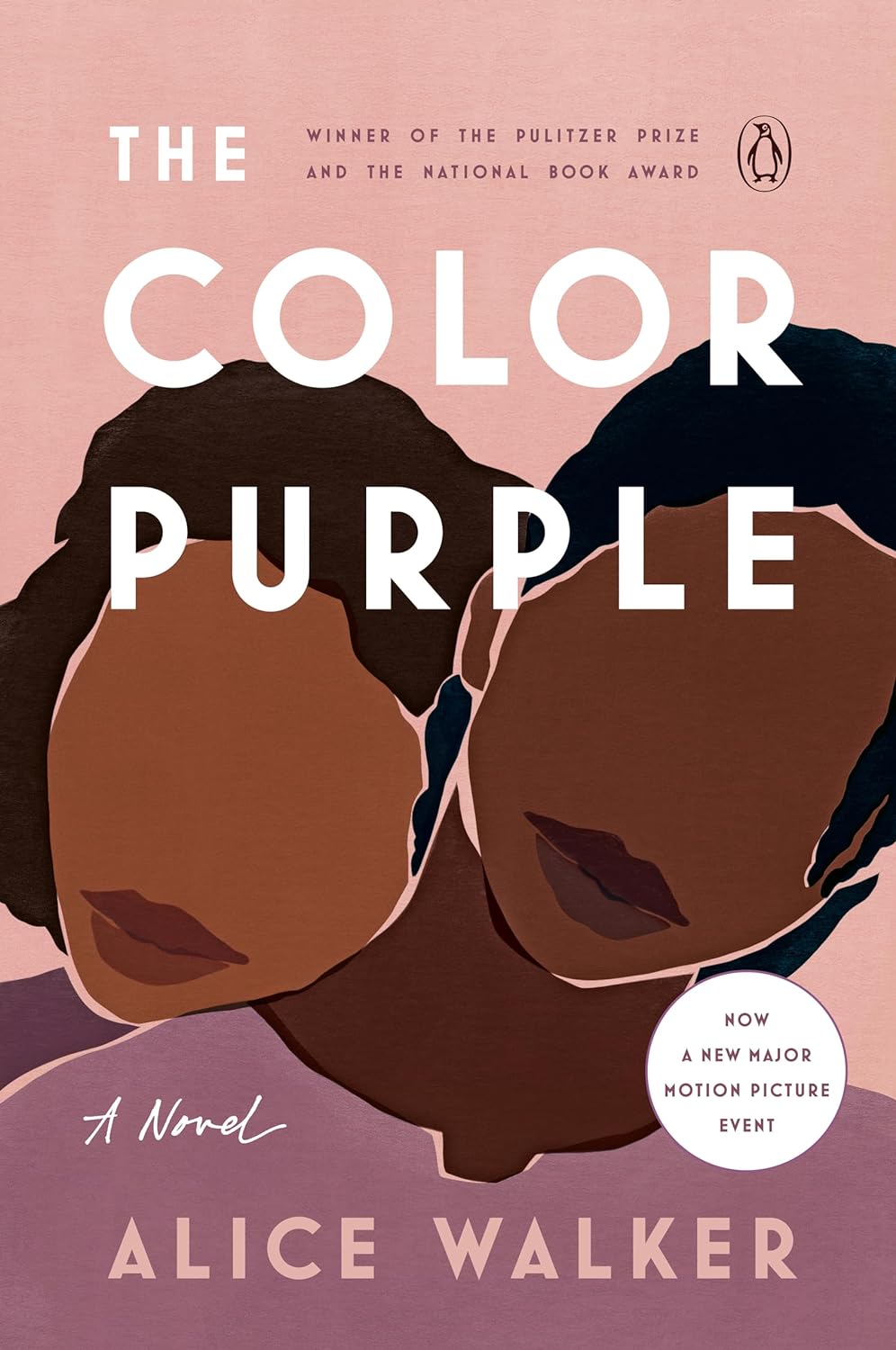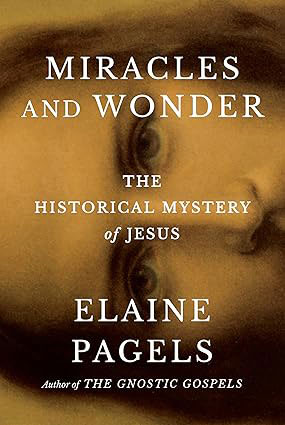
Recommended by Evelynn Hammonds, Barbara Gutmann Rosenkrantz Professor of the History of Science and Professor of African and African American Studies
I read it for the first time when I was in graduate school. I read it in one sitting; I stayed up all night. I was so moved by the letters that the main character, Celie, was writing to God.
Her life was one of violence and trauma, but the two things that were most important to her were the relationship with her sister Nettie and the one with Shug Avery, the blues singer who became her friend and at some point, her lover. The story itself was wonderful, deeply moving, beautifully written, and very evocative.
The main part in the story, where Celie and Shug come together, struck me deeply as a way of representing the truly transformative power of love. Celie lived in a world that was incredibly violent, horrifically abusive, and she triumphs, and how she triumphs is so beautifully rendered.
The story is also a representation of the formidable bonds of womanhood and sisterhood. I always am struck by how those women in the story come together and survive so much, but through it all, they’re bonded to each other. That was something that touched me the first time I read it, and it touches me every time I read it. I try to read it at least once a year. I get something new from it.
I recognize that it is largely a story about the interior lives of African American people, but it’s also a story about how people can be transformed, particularly because of the bonds they share. That’s something that seemed relevant to me this year in which we saw so many divisions across campus and elsewhere. The book reminds me that we’ll get through this and that it will be better, but it means that we must build community and trust in the power of community, and at the end of the day, to really think about the power of love. That is why I turn to it all the time.





